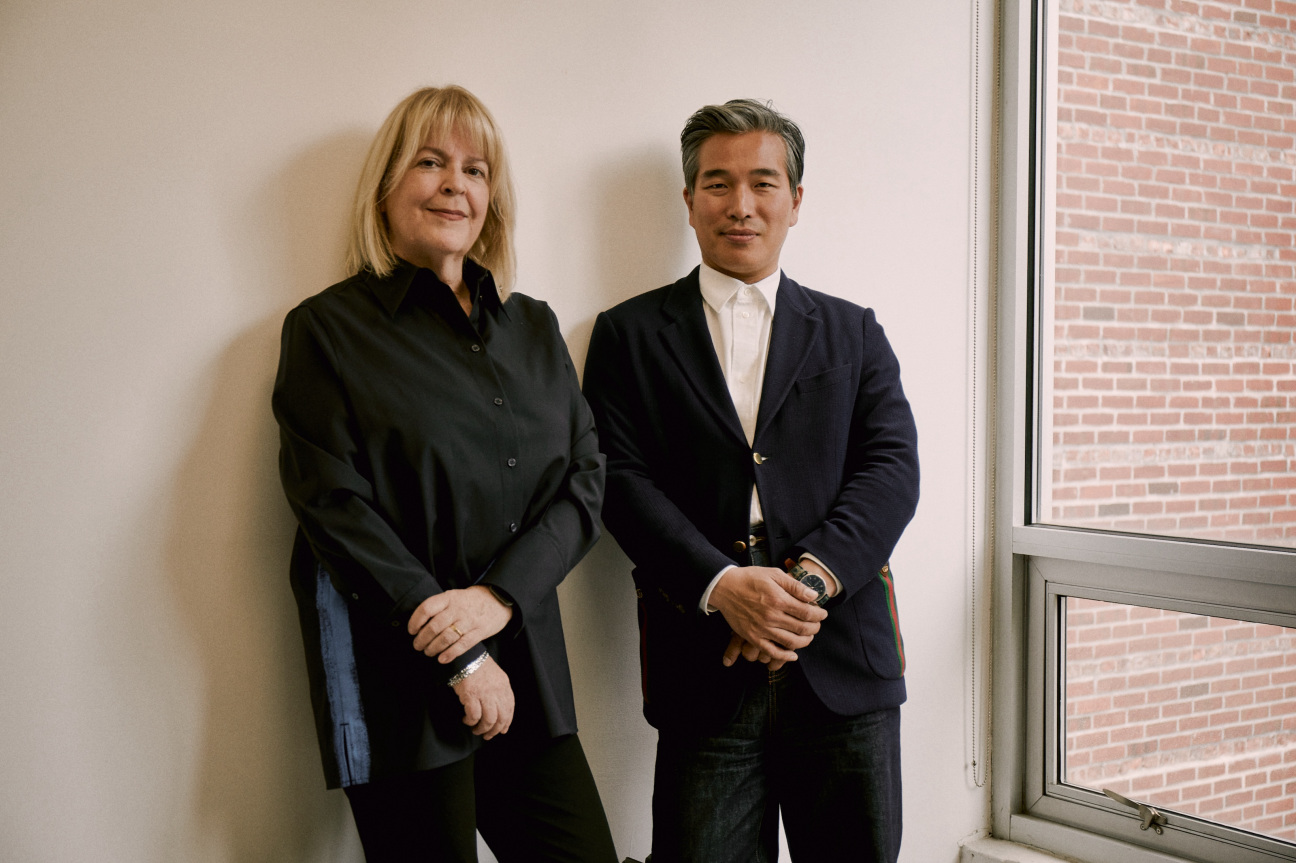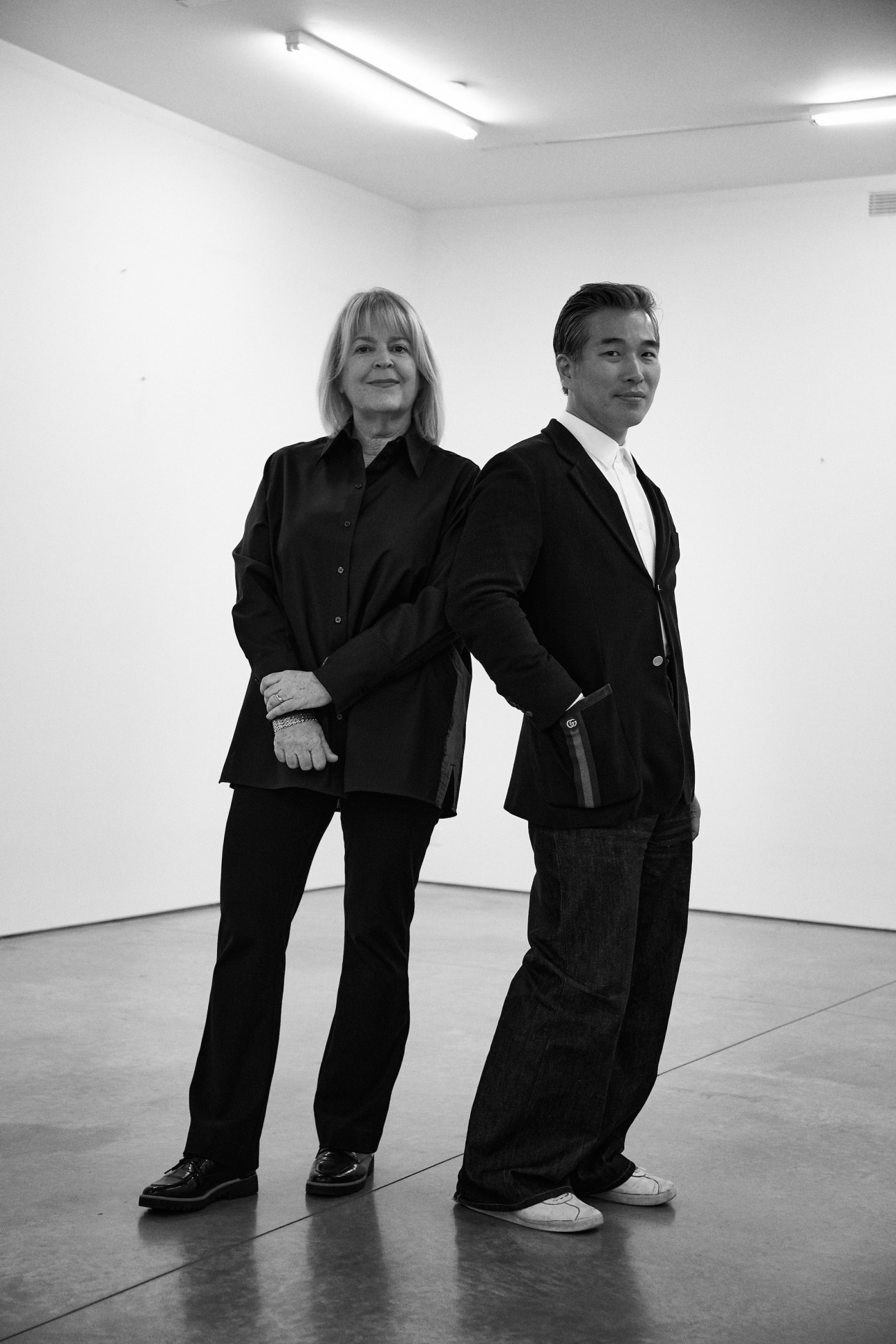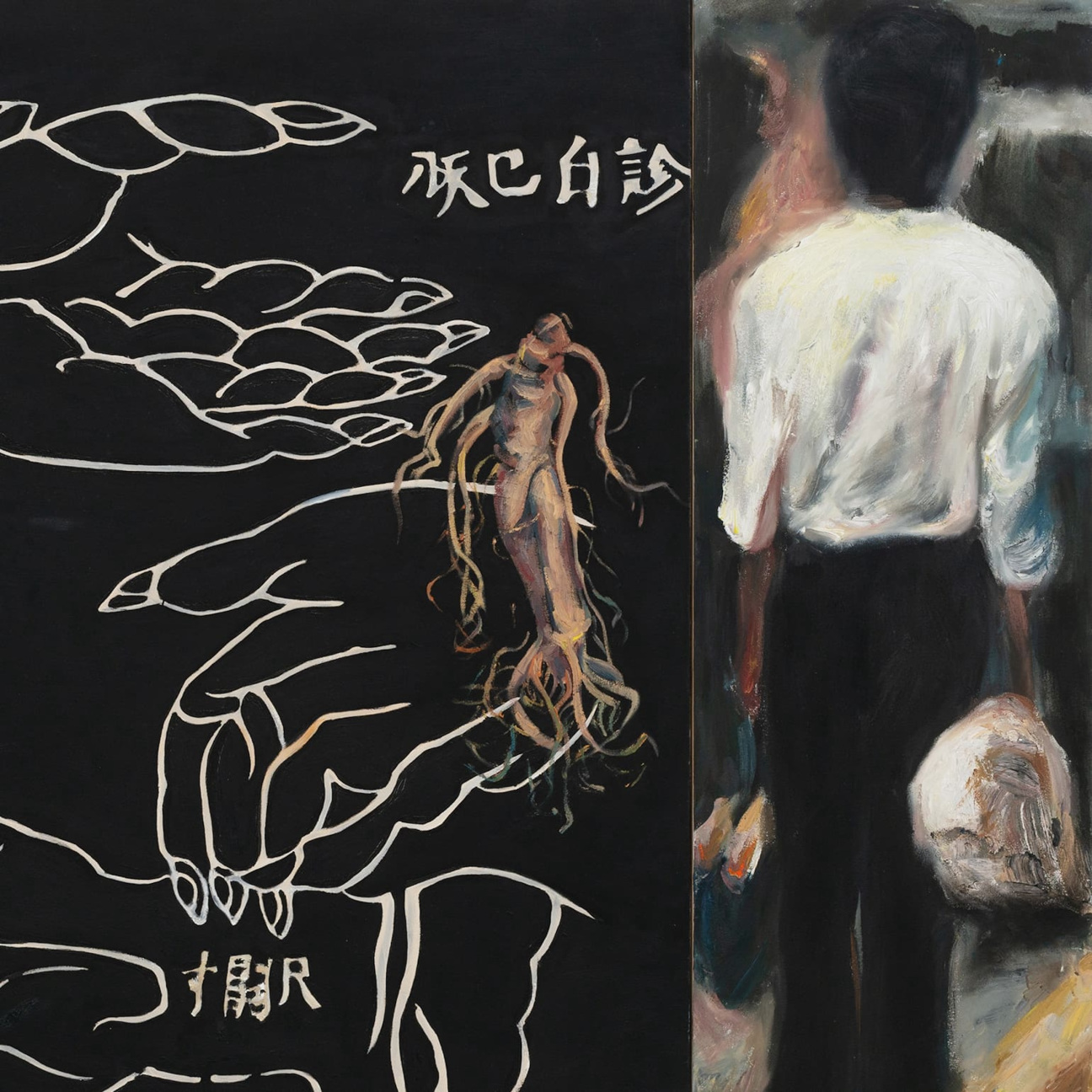
When Mary Ryan and Jeffrey Lee started their gallery 10 years ago, it was a full circle moment.
“Mary started [Mary Ryan Gallery] when she was 24,” says Lee. “I started working for Mary when I was also 24.” Now, 26 years later, they are celebrating a decade in business together, having cemented themselves as New York mainstays with their joint venture, RYAN LEE Gallery. Known for its innovative exhibitions on post-war and contemporary art, the Chelsea locale has a reputation for championing ahead-of-their-time talents such as Emma Amos, Martine Gutierrez, Vivian Browne, and Hung Liu. The key to finding these singular artists? A combined 60 years of experience.

“The real uniqueness of the gallery is this multi-generational perspective,” adds Lee. “To have a partnership that comes from different generations, gender backgrounds, [and] cultural backgrounds.” Ryan started her eponymous gallery in 1981 and put on over 200 shows, working with the likes of Louise Bourgeois, Josef Albers, and David Hockney.
Bringing Lee on created a harmonious, balanced partnership—Ryan is more on the floor of the gallery, while Lee is “out and about”—one that’s proven to be as fruitful as it is visionary. RYAN LEE has placed its artists’ work in the collections of many important collections such as the Art Institute of Chicago, the British Museum, and the Guggenheim, and shows no sign of slowing down. “Our success has been about being able to grow with the artists that we have championed,” he says.

Ryan and Lee have made a name for themselves by advocating for boundary-pushing work, seeking out both emerging and underrepresented talents. “When we're thinking about what we want to put our time behind, it's artists that we think make a difference in art history,” Ryan notes. One of the gallery’s current exhibitions “Hung Liu: PULSE, 1989-1996” is devoted to the late Chinese-born American painter who has been the subject of a recent renaissance. “It's nice to see that the contemporary zeitgeist has caught up to it, to see these artists really be seen,” she adds.

This focus on working at the edge of the contemporary art landscape often leads to conversations around their artists as often as they discuss the pieces themselves. “It’s very important no one gets labeled,” says Lee. Representing Gutierrez—who will be putting on “ANTI-ICON: APOKALYPSIS” at Polygon Gallery this July—Ryan and Lee did not include specific qualifiers in Martine’s bio, effectively shifting the conversation away from labeling them. “It signals to the world how we want to talk about our artists: They're artists, they're not defined by any one thing.”

It’s an ethos that makes RYAN LEE work, and stay working. On the horizon is a major Vivian Browne retrospective at the Cincinnati Contemporary Arts Center and the Phillips Collection, along with Gabriel Lester’s first solo museum show in the U.S. at the Blaffer this May. But Ryan and Lee haven’t lost sight of what initially cemented their relationship. As Ryan puts it, “[to] still have time for art and each other is very satisfying.”










 in your life?
in your life?

